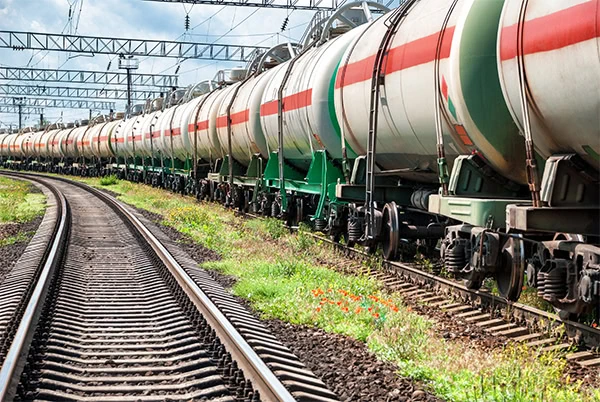
Get in Touch With Us and Tell Us About Your Toughest Monitoring and Control Challenges.
SignalFire Telemetry products connect you with crucial product and hardware data at any of your oil and gas operation sites—whether it’s a pump, pipeline, or storage tank.

SignalFire Telemetry devices install anywhere water asset monitoring is needed, whether it’s for collection purposes, treatment, or delivery.
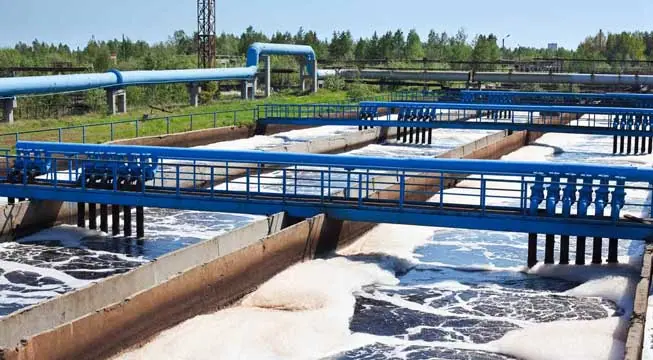
SignalFire Telemetry devices can monitor key assets and can do it affordably, without any renovation or high-priced engineering costs. They install easily with no required cable or additional power. The data is available on your phone or computer and the cloud service can even output to your corporate system to integrate with the rest of your data and keep your operation running.

SignalFire Telemetry devices can monitor and manage water supplies and additives throughout the property, helping you avoid catastrophic shortages and keep your irrigation plan on track.
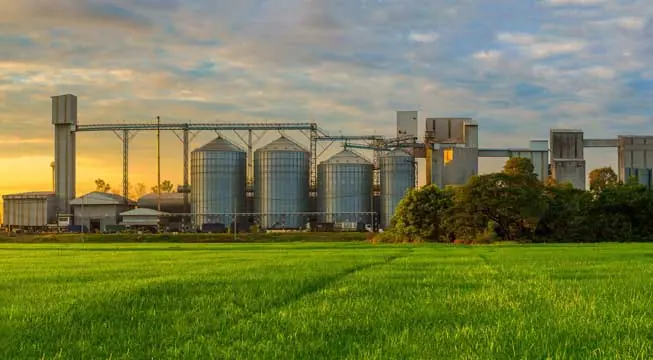
Avoid costly product loss in bulk storage tanks, terminals, and transportation movements. Whether calling for tank levels, gauge pressure, or even movement pumps or pipelines, SignalFire products can fill any monitoring gap throughout a facility.
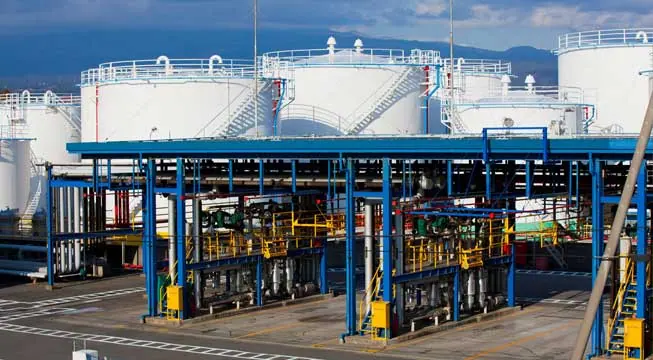
Environmental fines for businesses are frustrating and can bring business to a standstill until they’re worked out. No business wants to hurt the environment, and in competitive markets stopping production affects the bottom line and staff. But there are effective and affordable solutions with SignalFire Telemetry devices.
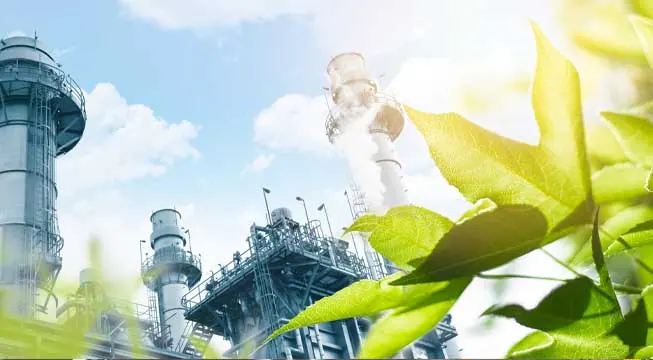
Expand visibility and control of your refinery or petrochemical processing facility without expensive renovations or redesigns. And do it with your current gauges and hardware. SignalFire telemetry devices are designed to work in harsh chemical environments and meet the strictest safety and security standards
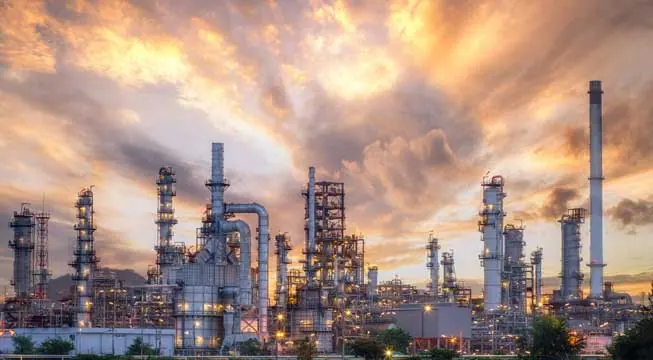
No matter the size of your service map, monitoring remote assets ensures efficiency and keeps your operation in compliance. That’s how SignalFire devices can really help, offering the most affordable and effective monitoring solution that will monitor liquid, gas, electricity, and other assets.

Explore the diverse applications of SignalFire Wireless Telemetry Systems across different industries.

Access our latest brochures to explore comprehensive information about our products and services.

Easily find the sensors that are compatible with our systems on this dedicated page.

Explore a comprehensive collection of images showcasing our products, installations, and real-world applications.
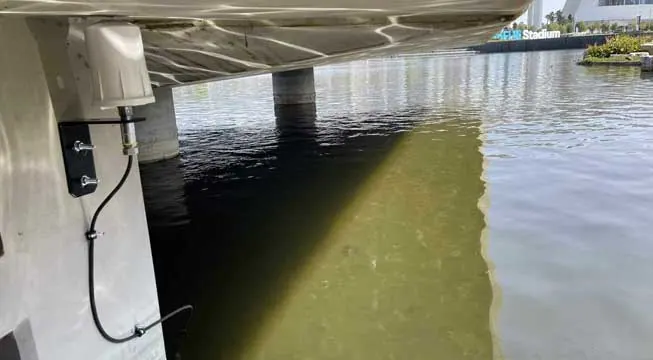
HUDSON, MA – February 1, 2017… A regeneration facility replaced a manual method of measuring hazardous liquids in rail cars with a Signal Fire Remote Sensing System to increase worker safety. Previously, technicians used a measurement stick to determine the levels of sulfuric acid in rail cars shipped to the site daily by a refinery. Using the stick required tank measurement multiple times a day, exposing workers to acid fumes, posing a risk to their safety and health. As a manual method, tank measurement by stick varied in accuracy, dependent on the operator. The procedure was also time-consuming and laborious, requiring workers to return to tanks several times during the day to conduct the measurements.
Using a radar tank sensor integrated with a Signal Fire Remote Sensing System, technicians only need to place the radar sensor inside the tank when first opened and remote it when the tank is full of spent acid. During an eight-hour shift, an operator could make as many as 8 to 10 trips to the rail car sites to verify tank levels.
Interfacing with the radar tank sensor, a SignalFire Class 1 Division 1 Sentinel HART node sends tank level data to a Gateway through a mesh network where it becomes available in standard Modbus format for download into a computer. The hazardous location node also powers the sensor, making the level monitoring system completely wireless. A SignalFire Toolkit provides software for interfacing with the equipment from the office. As an entirely wireless system, the SignalFire Remote Sensing System eliminates the need to run conduit as required by a wired system.
For more information on the technology behind the Signal Remote Sensing System, refer to https://www.signal-fire.com/about/technology/. For more application stories, visit https://www.signal-fire.com/applications/.
Get in Touch With Us and Tell Us About Your Toughest Monitoring and Control Challenges.
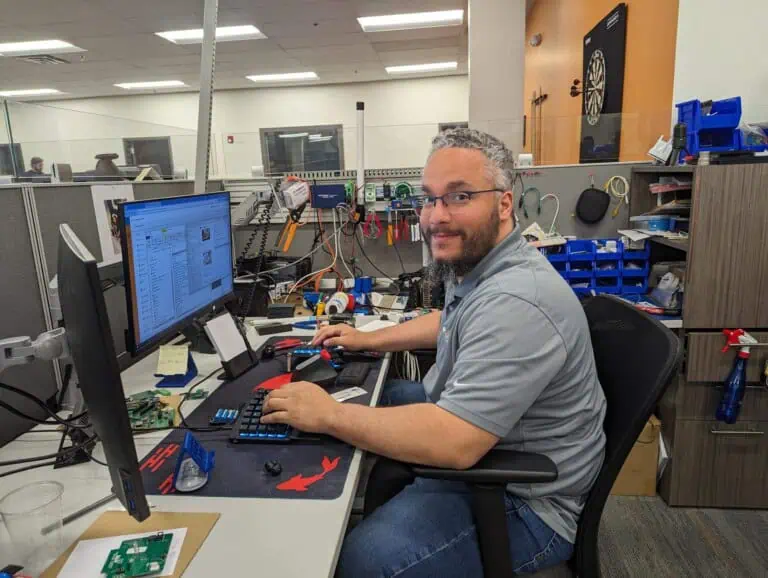

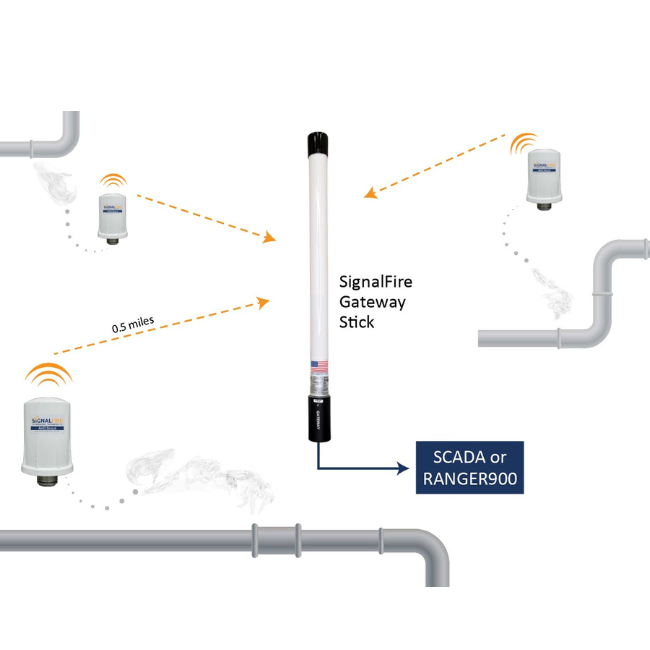


"*" indicates required fields
